This is a how-to article for equalizing bass guitar. In this article, you are going to learn how to EQ bass guitar in mixing for better output.
Bass guitar is one of the most common instruments in most music genres. Whether it’s a classic instrument or a rock song inspired by 60’s you encounter bass guitar all in all the genres.
As it is a very common musical instrument you would have encountered in almost all the songs that you mixed in the past.
Right?
But do you know why it’s used in almost all the music genres?
Because of the harmonics, it creates that support the whole notation of the song from the back. And since it’s the base of harmony that covers the low end of the song and directly impacts the listener, you need to tweak it to sound better. Otherwise, it wouldn’t support the overall track and your mix would suck.
And, I’m sure that you are here because you are suffering from proper Bass guitar equalization.
Heck, I’ve 8 tips here to EQ the bass guitar so that it can sit perfectly in your mix and sound better.
Disclosure: This post may contain affiliate links, which means we may receive a commission if you click a link and purchase something that we recommended. Read more about Affiliate disclosure here.
The very first is tweaking it for better harmonics…
Table of Contents
1. Its All About Harmonics
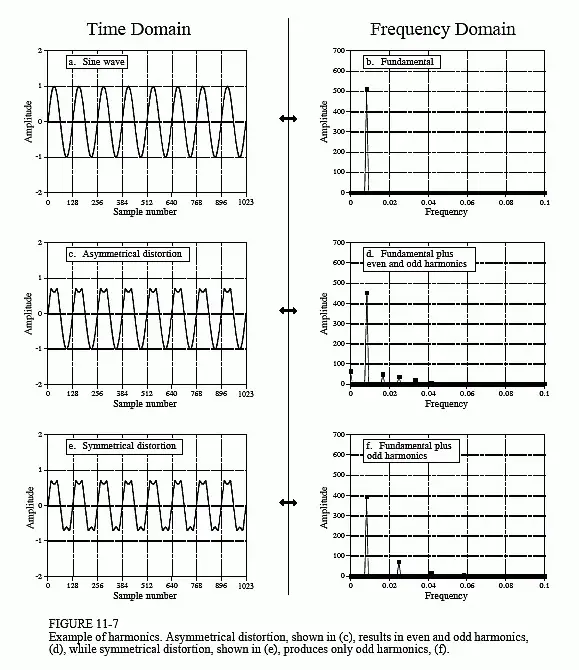
As its a very important instrument for creating harmonics in your songs, you need to boost the harmonics for a better experience.
So how do you do that?
It’s simple. You already know that bass guitars generally play between 100Hz to 150Hz. To boost the harmonics you need a gentle push on that frequency range.
Keep in mind, while doing that always go with broad Q. Don’t push a narrow frequency range as it could ruin the overall tone of the bass.
Go for 1 to 2dB and you are done.
However, most of the bass guitars play between 100Hz to 150Hz you can do it by listening but if you want to go one step further you should do that instead…
2. Use Spectrum Analyser
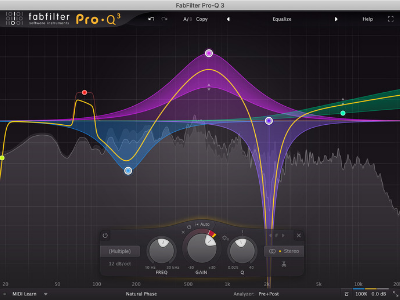
To know where your bass is playing, you should use a spectrum analyzer. Without a spectrum analyzer what you are doing is just a guess. but with this tool, you can play with the same frequencies that your bass guitar creates.
There are many individual spectrum analyzers are in the market but I prefer to use one that comes with an equalizer.
I use Fabfilter Pro Q3 with most of the instruments. You can also use it as it’s one of the best EQs in the world.
Check out my review on this EQ
3. Work on Low End
As the bass guitar is a low-frequency instrument, it should be optimized in the low end to perform better. Just increasing the gain from 100Hz to 150Hz is not enough to get the bass guitar optimized.
You need to adjust the low end to 40Hz to make some bass boost in subwoofers.
When you work on the low end at 40Hz to 60Hz and sync the bass with the kick by adjusting the gain at this frequency range it starts sounding more clear in the track.
So, always tweak the low end and try to sync it up with the kick drum. When you end up doing that you can feel literally feel the difference.
4. Mid Frequencies Should be Optimized
Don’t confuse with the term ‘bass’ as Bass guitar’s tone is built with a mixture of low. mid and high frequencies. Where low frequencies add the harmonics in the track, the mids add the attack.
So, you can’t neglect the mid and high frequencies. Especially if you optimize the mid frequencies you can and up with adding some extra attack in the tone.
And when that attack comes into the ear with the mixture of bass and high frequencies it feels clear and more crispy.
So, how do you do that?
You should use the spectrum analyzer to know which mid frequencies are should be boosted.
After analyzing the mid-range frequencies when you adjust them while using the compressor in the right way, you can make it more sharp and crispy.
5. Add Some Presence
Every instrument should have added some presence. But in the case of the bass guitar where the tone is mid, it’s essential. Adding some presence help it to come into the front so that listeners can listen to the notes more clearly.
Leverage the presets of your Fabflter EQ. It has some decent presets for bass guitars that add the necessary presence in the tracks.
However, you can do it manually by lowering down the unnecessary frequencies while boosting the others. But ‘presence presets’ are optimized for that and do well so don’t bother doing it manually, use them instead.
You can use EQ sweeping method to sweep unnecessary frequencies and boost others. Here is my guide about EQ sweeping which you can read to know more about it.
6. Adjust the Top Frequencies
Wondering, do bass have those frequencies?
If you ask me, yes a bass guitar has those top frequencies. And as per the requirement of the genre, you should boost or cut them out in the spectrum.
So in which genres it should be cut off and in which it should be boosted?
Well, it depends. You should listen to the song first and make your own decision on it.
If the track needs the boosting, you can do that otherwise cut down the top frequencies.
Now the next and most important tip…
7. Use Headphones and Normal speakers
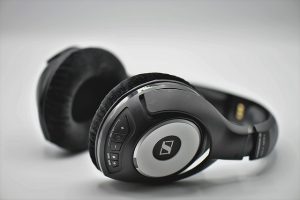
Even you use a high-end monitor in your mix, it always has some errors in frequency response. There is no monitor that provides a flat frequency response.
So what to do to get a perfect balance?
Just use headphones and normal speakers at the last step in your mix.
I’m not saying you should mix in them. But use them as a reference to how your song is going to sound in the real world.
When you use them as a reference, you can hear the difference in the tone of your bass guitar and adjust the tone as per the need.
I always use a reference speaker and low-end headphones even my mobile’s earphones to get the idea of how it’s going to be sound in the market.
8. Use Reference Tracks
Before a mixing session, you should always listen to a reference track to get an idea of the overall dynamics of the genre which you are going to mix.
I always use reference tracks to get a basic idea of bass and treble. It’s very important to listen to a reference track before mixing and analysing your mix around it.
I have an article on using reference tracks that you should read to understand how to mix iht reference track.
Conclusion: How to EQ Bass Guitar
That’s it…
If you tweak your bass guitar with the above adjustments I\’m sure you will get some good harmonics and tone in your track. It makes your bass more lear bring it to the front so that it could impact the listener in first hand.
Now it’s your turn. Use these tips in your song and let me know how they helped you to make your mix better. The comment box is waiting for your reply.
Share this article on your social circle and help others to get some good information about mixing.

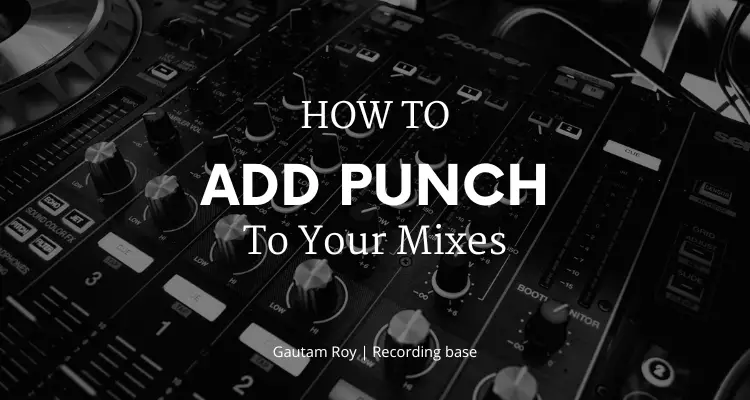

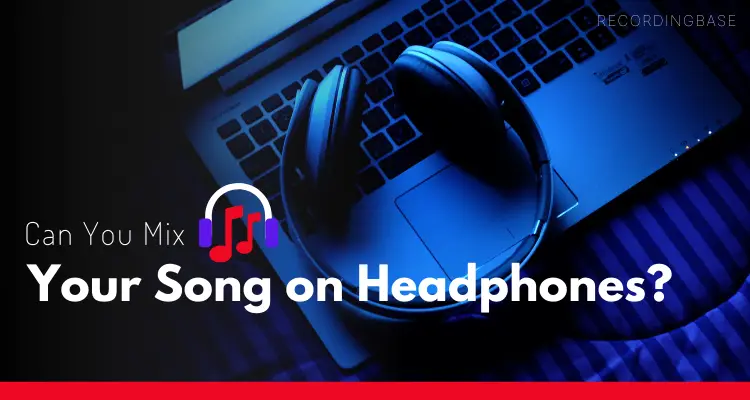
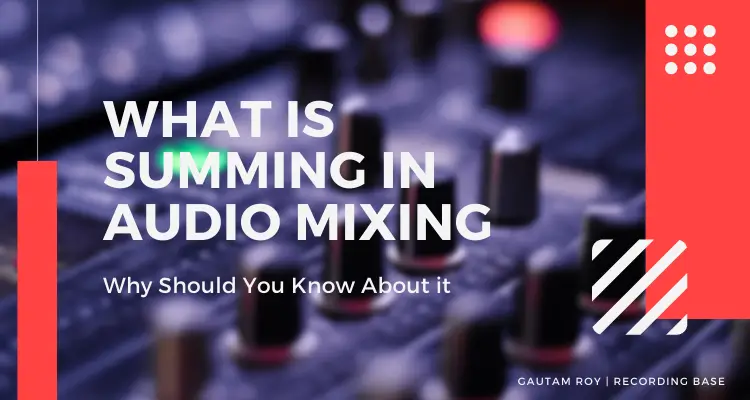


thanks for the information
I love playing, recording and mixing bass. \m/